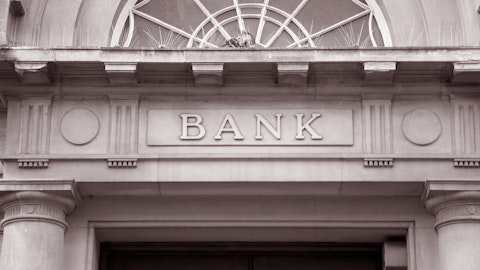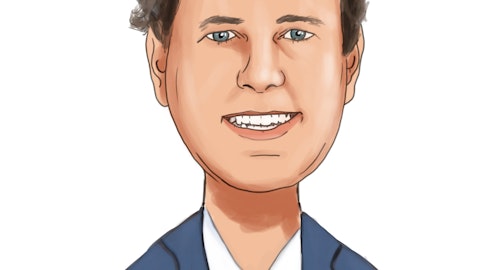Another contributing factor is a steep decline in imports, which has increased the trade balance deficit. Looking forward, the exchange rate will continue to experience heavy volatility influenced by external factors like interest rates in the US. We expect that once the central bank initiates its interest rate cut cycle, the peso could experience some depreciation due to the reduction in the current interest rate differential with the US. On the fiscal front, even though the central government’s fiscal deficit for 2023 was revised upward to 4.3% of GDP from the previous estimate of 3.8%, recent statements from the Ministry of Finance suggest that the final figure should be in proximity to the original estimate. Contributing to this correction are first, tax collections which remain robust despite weaker economic activity owing to the effects of the two recent tax reforms.
Secondly, the government’s continued plan to reduce the deficit associated with fuel subsidies by raising gasoline prices, including two additional gasoline price hikes announced for November and December. And thirdly, for better or for worse, the inability of government to execute public spending budgets to the tune of approximately COP40 trillion. However, despite these recent positive developments for 2023, there are several risks to the fiscal outlook for 2024. Government spending at the central level is projected to increase by 12% in nominal terms, reaching 25% of GDP, in line with a larger fiscal deficit of 4.5% of GDP. Moving on, as some of you might have seen in the news, during the last few months, three of our four Colombian banks presidents have changed.
We are very optimistic that these changes will serve towards refreshing corporate strategies. In Banco de Bogota, Cesar Prado, who joined Grupo Aval in 2010 after having served as superintendent of Finance, assumed as president of the bank during the month of July. Cesar has served in various roles at Aval, most recently as president of Banco de Occidente since 2018. Cesar replaced Alejandro Figueroa, who retired after very successfully leading the bank for 35 years as president. Gerardo Silva replaced Cesar Prado as president of Banco de Occidente. Gerardo is a seasoned banker who has held several roles in Banco de Occidente since he joined the bank in 1994, most recently as VP of Corporate Banking since 2014. In Banco Popular, Maria Fernanda Suarez recently took over as president of the bank, replacing Carlos Upegui, who resigned during September.
Maria Fernanda has over 25 years of experience both in the private and public sectors, most recently as President of Accenture Colombia. She had previously served as Minister of Mines and Energy and also Executive VP of Strategy and Finance at Ecopetrol. Between 2004 and 2010, she had worked in Grupo Aval’s Porvenir where she held various roles until becoming Chief Investment Officer. And now let’s move on to Aval’s financial results in the third quarter. This quarter’s lackluster performance fell largely in line with our expectations and last quarter’s guidance on key business metrics such as growth, cost of risk, banking NIM, fee income and contribution from our investments in the non-financial sector. However, we were negatively impacted by an unanticipated downturn in financial markets, which affected our investment portfolios carried at fair value and our NIM on investments.
Let’s examine some of these. First, growth of our loan portfolios during the quarter rose to 1.1%, which compares favorably to GDP growth and far exceeded growth of our peers. As we set out to do at the beginning of 2023, we have grown our market shares across all loan categories resulting in a gain of over 50 basis points both on a year-to-date and on an annual basis. We will strive to continue gaining share over the next quarters while we continue to follow a strict pricing discipline. Second, as anticipated in our last call, NIM on loans of our banking operations continued to recover this quarter up to approximately 5% despite continued pressures in cost of funds. In fact, the cost of funds during the quarter was driven by a tight liquidity market during July, August and most of September.
This negatively affected our bank’s plans to reduce rates paid to wholesale savings accounts and time deposit renewals. However, we maintain our expectation of an improvement in banking NIM during the last quarter of this year as the cost of funds will begin to subside once the government starts to execute budgets, irrigating those funds, currently retaining the central bank into the financial system and also once the central bank starts cutting rates. Notably, the Superintendency of Finance adjusted the weights of two major NSFR factors effective end of month September, bringing some relief to liquidity in the system. Third, cost of risk increased to 2.53% in the third quarter, in line with our expectations as deteriorated, unsecured consumer loans rolled to higher delinquency and require further impairment charges.



